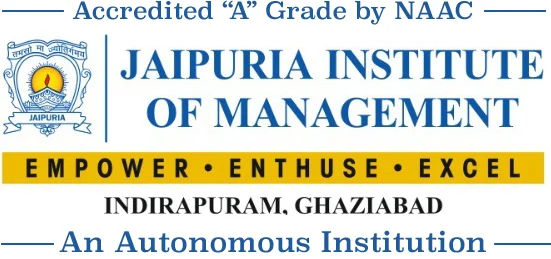
“Anything that gets people to think harder about their financial security and take some responsibility is a good thing”…………………………. Suze Orman
Blockchain is a digital ledger that has recently gained a lot of attention and traction in the technology world. But why has it gained such a large following? So, let us take a closer look to understand the notion.
What is a Blockchain?
Assume you are sending money from your bank account to family or friends. You would use internet banking to transfer the funds to the other person’s account number. Your bank updates the transaction records once the transaction is completed. Isn’t it straightforward enough? There is a possible problem that most of us are unaware of. These kinds of transactions can be manipulated within a matter of seconds. People who are aware of this truth are often hesitant to use these types of transactions, which is why third-party payment programs have grown in popularity in recent years. However, it is because of this vulnerability that blockchain technology was developed.
Blockchain technology is a network of peer-to-peer nodes that keeps transactional records, also known as blocks, of the public in various databases, also known as the chain. This type of storage is commonly referred to as a “digital ledge”. Every transaction in this ledger is signed with the owner’s digital signature, which verifies the transaction and protects it from tampering. As a result, the data in the digital ledger is extremely safe.
Types of Blockchain:
- Private Blockchain Networks: Private blockchains function well for private enterprises and organizations since they run on closed networks. There is only one authority.
- Public Blockchain Networks: Public blockchain helped popularize distributed ledger technology and gave birth to Bitcoin and other crypto-currencies. Certain obstacles and issues, such as security weaknesses and centralization, are also addressed by a public blockchain.
- Permissioned Blockchain Networks: Permissioned blockchain networks, also known as hybrid blockchains, are private blockchains that grant privileged access to authorized individuals.
- Consortium Blockchain: Consortium blockchains, like permissioned blockchains, feature both public and private components; however, a single consortium blockchain network will be managed by numerous companies.
Transaction Process:
The way Blockchain technology confirms and authorizes transactions is one of its most important aspects. For example, if two people want to make a transaction using their private and public keys, the first person would attach the transaction information to the second person’s public key. This entire set of data is compiled into a block. A digital signature, a timestamp, and other crucial, relevant information are all included in the block. It is worth noting that the block does not contain the identities of the people involved in the transaction. This block is then sent across all of the network’s nodes, and the transaction is completed successfully when the proper person uses his private key to match it with the block.
Most people believe that Blockchain and Bitcoin are interchangeable terms, but this is not the case. Blockchain is a technology capable of supporting a variety of applications in a variety of industries, including finance, supply chain, manufacturing, and so on, but Bitcoin is money that is secure thanks to Blockchain technology.

Dr. Himanshu Sharma
Assistant Professor
Jaipuria Institute of Management, Ghaziabad




